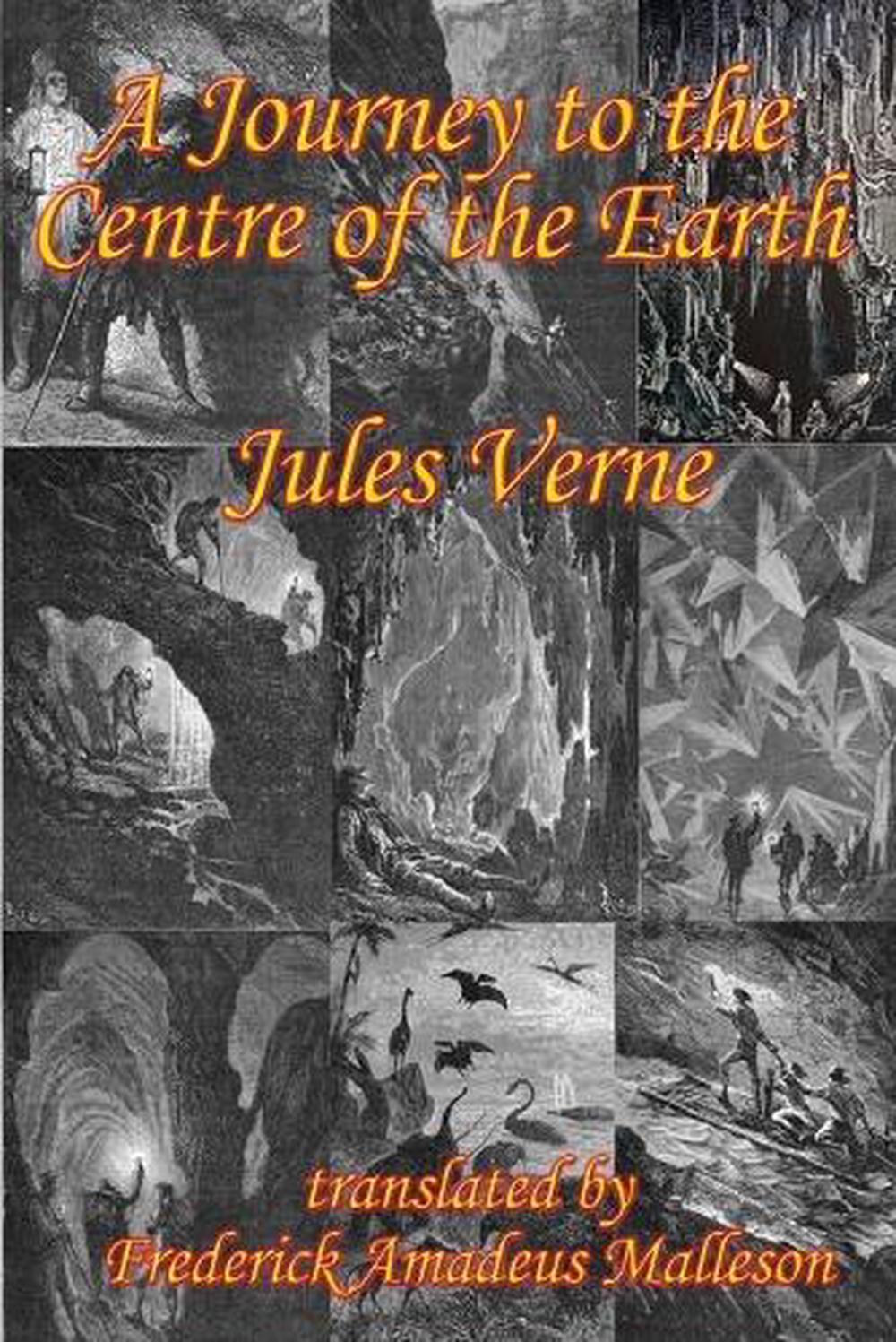
To my right is a dark expanse of rolling sea to my left, a series of plateaus with waterfalls cascading from precipitous heights. What then would be those convulsed regions upon which we were advancing, regions subject to the dire phenomena of eruptions, the offspring of volcanic explosions and subterranean convulsions? We were to know them before long…” -Journey to the Center of the Earth, Chapter XII, “A Barren Land” What, then, must other tracts be, more desert than this desert? In the first half mile we had not seen one farmer standing before his cabin door, nor one shepherd tending a flock less wild than himself, nothing but a few cows and sheep left to themselves. “Yet this part of the province, at a very small distance from the capital, is reckoned among the inhabited and cultivated portions of Iceland. Sheep feed and flit freely atop gleaming, verdant hills-my only visible companions as I make my way west along Snæfellsnesvegur and Útnesvegur roads in the morning quiet. Undeterred, I begin driving toward the sleepy town of Grundarfjörður. Gone is the looming presence of Snæfellsjökull, which had served as a directional reference point for so many of the days I have spent in this land of peaks and valleys. In addition, Iceland’s volcanic surfaces can be so puzzlingly alien-some say lunar-that NASA trained astronauts, including Neil Armstrong and Buzz Aldrin, here in advance of the landmark 1969 moon landing. Today, it is hooded by a glacier that covers its summit crater to the depth of more than 650 feet. But seeing is one thing, and journeying quite another.Īt more than 700,000 years old, the volcano last erupted in the third century. This wasn’t difficult, given that Snæfellsjökull’s peak rises nearly 5,000 feet above sea level and, on a clear day, can be seen from Reykjavík-some 75 miles to the southeast.

Taking a cue from Verne, I traveled to Snæfellsnes peninsula in West Iceland with my sights set on the iconic stratovolcano. Nevertheless, this dose of reality hasn’t stopped curious travelers from exploring the book’s geological protagonist: Iceland’s Snæfellsjökull. Though Verne was widely regarded in his day for the meticulous scientific research that informed his writing, what he posited in Journey has been roundly rejected: namely, that volcanic tubes lead to the Earth’s core.



One hundred and fifty years ago, in 1864, the French novelist Jules Verne published one of his most ambitious works- Journey to the Center of the Earth.


 0 kommentar(er)
0 kommentar(er)
